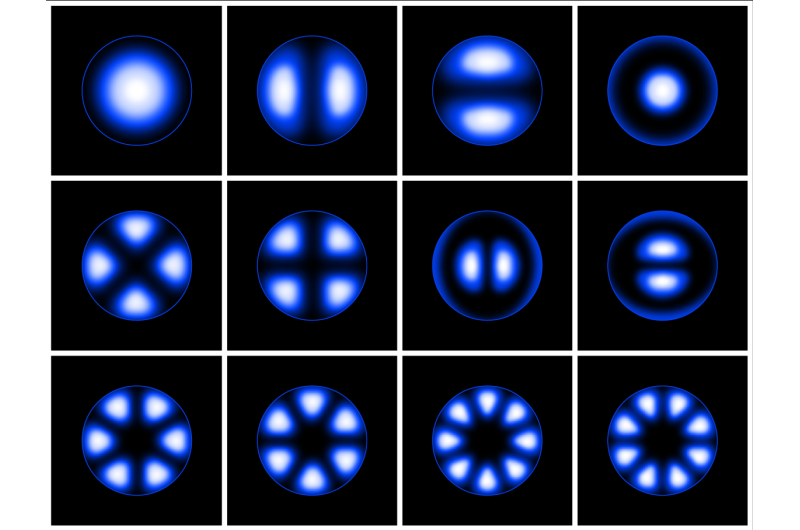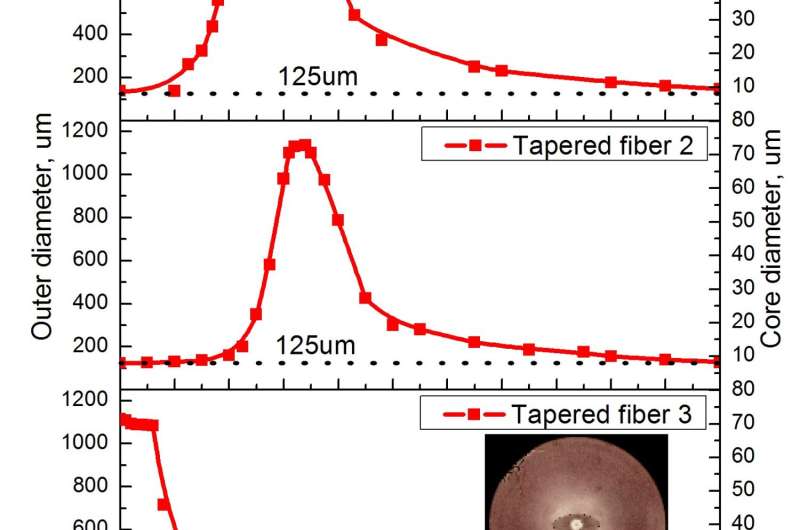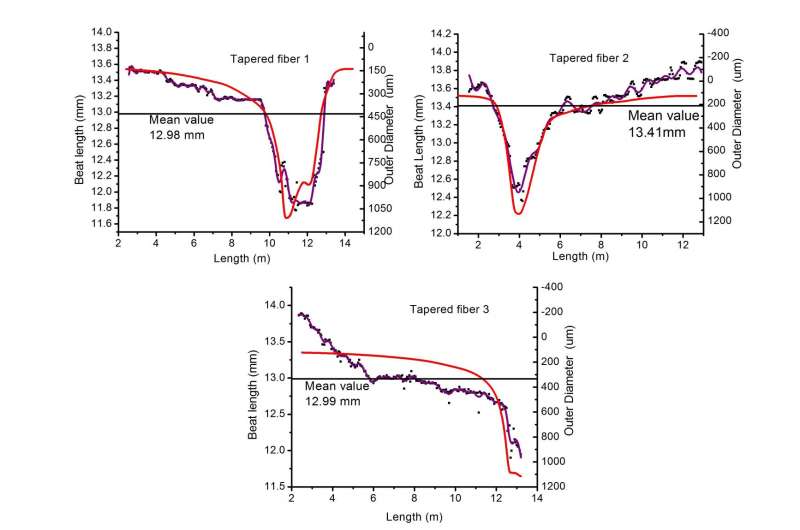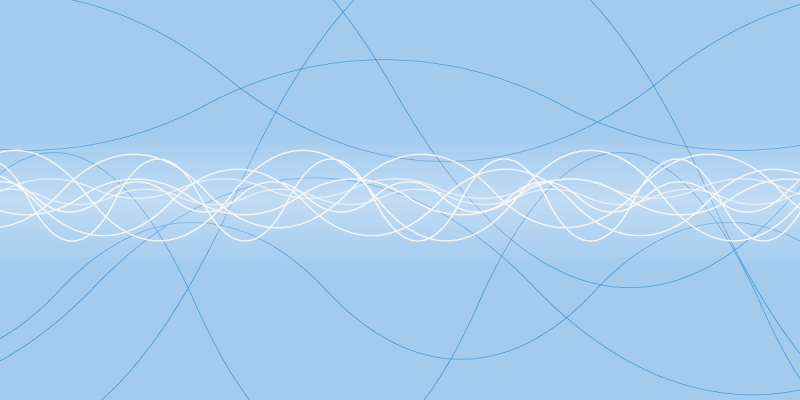Researchers develop a novel type of optical fiber that preserves the properties of light

Scientists from the Moscow Institute of Physics and Technology (MIPT) and international collaborators have developed a new type of optical fiber that has an extremely large core diameter and preserves the coherent properties of light. The paper was published in the journal Optics Express. The results of the study are promising for constructing high-power pulsed fiber lasers and amplifiers, as well as polarization-sensitive sensors.
When it comes to optical fiber applications, preserving the properties of light is crucial. There are two principal parameters that often need to be preserved: the distribution of light intensity in cross section and the polarization of light (a property that specifies the oscillation directions of the electric or magnetic field in a plane perpendicular to the wave propagation direction). In their study, the researchers managed to fulfill both conditions.
"Optical fiber research is one of the most rapidly developing fields of optics. Over the last decade, numerous technological solutions have been proposed and implemented. For instance, researchers and engineers at IRE RAS can now produce optical fiber of almost any diameter with arbitrary transverse structure," says Vasily Ustimchik, co-author of the study and a professor at MIPT. "In the course of this study, a specific structure was formed in the optical fiber. It varies along two orthogonal axes, and its diameters change proportionally along the fiber. Individually, such solutions are already widely used, so it is critical to continue to work in this direction."

An optical fiber is generally a very thin flexible strand drawn from glass or transparent plastic. But this simplicity belies a number of major issues limiting its applications. The first is signal attenuation in fiber-optic lines, a solved problem that paved the way for fiber-optic communications.
Today, fiber optics are also used in laser technology. A fiber laser incorporates an optical resonator, which causes light to travel back and forth repeatedly. The geometrical parameters of the fiber resonator allow for only a limited set of transverse patterns of light intensity distribution in the output beam—the so-called transverse modes of the resonator (see Fig. 1). In practice, researchers and engineers are mostly seeking to excite nothing but one pure fundamental mode (see the upper left corner of Fig. 1) that does not change with time.
In order to maintain single-mode operation, the fiber must consist of a core and a cladding—materials with different refractive indexes. Ordinarily, the thickness of the fiber core through which radiation propagates normally has to be less than 10 micrometers.
An increase in the optical power of the light propagating in the fiber results in a greater amount of energy being absorbed. This translates into a change in the properties of the fiber. Specifically, it causes uncontrolled variation of the refractive index of the fiber material. This gives rise to parasitic nonlinear effects, resulting in additional spectral lines of emission etc., which limits the strength of the optical signals that are transmitted. An existing solution to the problem—which the authors also used—lies in the variation of the core and outer diameters along the length of the fiber (see Fig. 2).

If the expansion of the fiber occurs adiabatically—that is, relatively slowly—it is possible to reduce the amount of energy transferred to other modes to less than 1 percent, even with a core diameter of up to 100 micrometers (which is exceptionally large for single-mode fibers). Moreover, the fact that the core diameter is large and varies along the fiber increases the threshold for nonlinear effects occurrence.
To achieve the second goal—which was to preserve the polarization state of the light—the authors of the study made the cladding of the fiber anisotropic: The width and the height of the inner cladding are different (the cladding is elliptical), which means the propagation speed of light with different field oscillation directions is not the same. In a structure like this, the process of transferring energy from one polarized mode to another is almost entirely disrupted.
In their study, the researchers have shown that the geometric length of the path traveled by light through the fiber at which the oscillations of the two different polarizations are in antiphase depends on the fiber core diameter: It decreases as the diameter is increased. This length, known as the polarization beat length, corresponds to one complete rotation of the linear polarization state in the fiber. In other words, if you launch linearly polarized light into a fiber, it will be linearly polarized again after traveling precisely this distance. The ability to measure this parameter is in itself evidence of the fact that the polarization state in the fiber is preserved.
In order to investigate the properties related to light polarization in the fiber, the scientists used optical frequency-domain reflectometry. It involves launching an optical signal into the fiber and detecting the backscattered signal. The reflected signal contains a lot of information. This method is normally used to determine the location of defects and impurities in optical fibers, but it can also determine both the coherence length and the spatial distribution of polarization beat length. Coherence reflectometry techniques are widely used to monitor the state of optical fibers. However, the method used in this study is notable for enabling data collection at a high resolution of up to 20 micrometers along the fiber length.

Professor Sergey Nikitov, the leader of the research group, said, "The fiber samples we obtained have demonstrated great results, indicating good prospects for further development of such technological solutions. They will find use not only in laser systems but also in optical fiber sensors, where the change of polarization characteristics is known in advance, since they are determined by external environmental factors, such as temperature, pressure, biological and other impurities. Additionally, they have a number of advantages over semiconductor sensors. For example, they need no electrical power and are capable of carrying out distributed sensing, and that is not a complete list."
More information: V. E. Ustimchik et al, Anisotropic tapered polarization-maintaining large mode area optical fibers, Optics Express (2017). DOI: 10.1364/OE.25.010693
Journal information: Optics Express
Provided by Moscow Institute of Physics and Technology




















